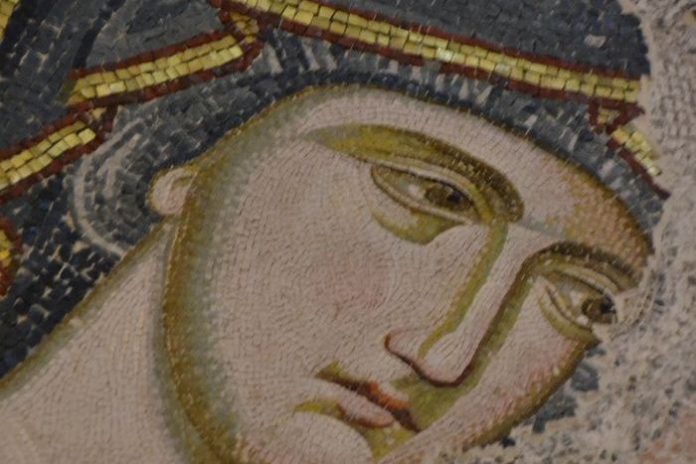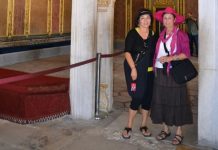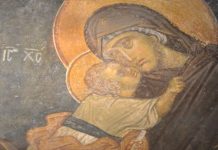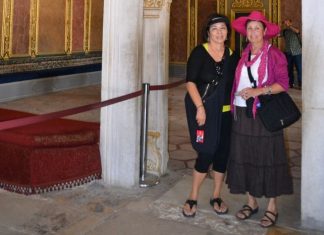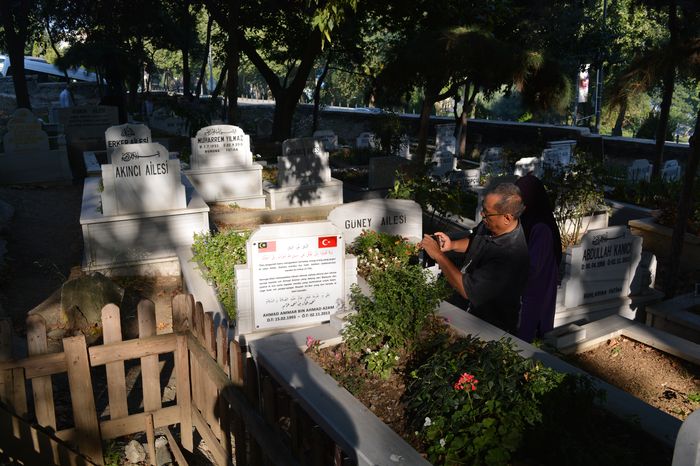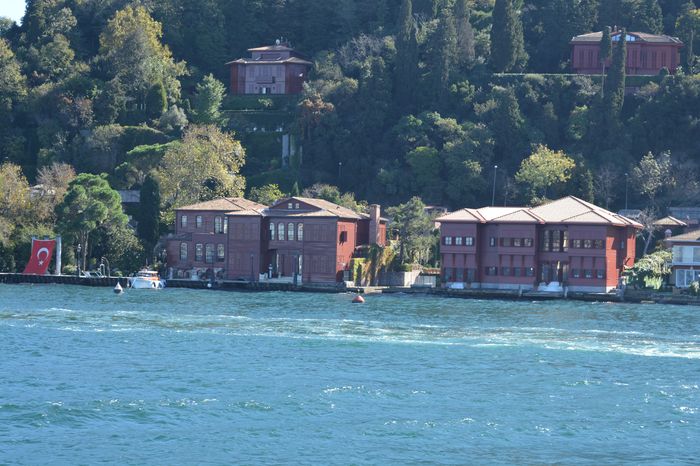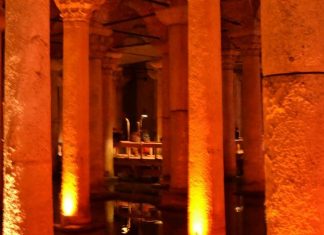St. Pierre Church holds a significant place in history as a sacred site that served as a place of worship for Christians. It functioned as a cult center, offering protection to the people of Antakya during times of conflict, sieges, and epidemics. Today, it is revered as a pilgrimage destination for Christians worldwide.
Location and Architecture
Situated on the western side of Mount Stauris, an extension of Mount Silpius (Habib-i Neccar), St. Pierre Church is built into a natural cave, measuring 13 meters deep, 9.5 meters wide, and 7 meters high. Its location on the 2nd kilometer of the Antakya-Reyhanli highway makes it easily accessible Exploring the Surroundings of St. Pierre Church.
Historical Significance
Traditionally believed to have been founded by St. Pierre (St. Peter), one of the first apostles of Jesus, St. Pierre Church holds immense religious significance. St. Pierre is said to have conducted his inaugural religious gathering within the confines of this cave between A.D. 29-40.
The Bust of Kharon
A short distance from St. Pierre Church lies the Bust of Kharon, known as the Ferryman of Hades in Greek mythology. This remarkable rock relief, dating back to the period of Antiochus IV Epiphanes (175-164 BC), depicts a veiled figure and measures 4 meters by 1.5 meters. It is a testament to the region’s rich cultural heritage.
Renovations and Restorations
Over the centuries, St. Pierre Church has undergone numerous renovations and expansions. Notably, Crusaders who seized Antakya in 1098 added extensions to the church, later connected by arches. Subsequent renovations were carried out by Capuchin monks in 1863 Private Tour Bulgaria, with contributions from Pope Pius IX and Napoleon III.
In 1931, a new altar was installed, adorned with a marble statue of St. Peter. A stone lectern was added behind the altar in commemoration of the Feast Day of St. Peter’s Chair at Antioch. The church’s front garden was expanded, and a second entrance was added as part of a restoration project by the Ministry of Culture and Tourism of the Republic of Turkey in 1997.
Continued Use and Pilgrimage
Today, St. Pierre Church serves as a Monumental Museum and is utilized for various Christian rituals, including weddings, baptisms, and ceremonies. It was officially designated as a place of pilgrimage for Christians by Pope Paul VI in 1963. Every year on June 29, crowds gather to celebrate the Feast Day of St. Peter and St. Paul at the church.
The Bust of Kharon stands as a symbol of the region’s ancient beliefs and traditions, adding to the cultural richness of Antakya. According to Greek mythology, Kharon served as the Ferryman of Hades, guiding souls to the underworld. His likeness on the mountain serves as a reminder of ancient legends and beliefs that have shaped the region’s history.
